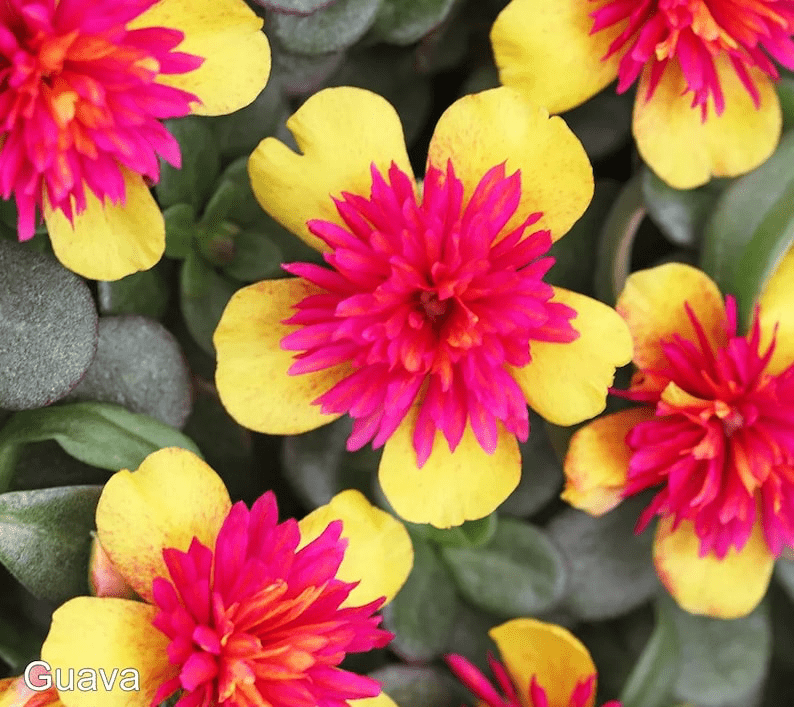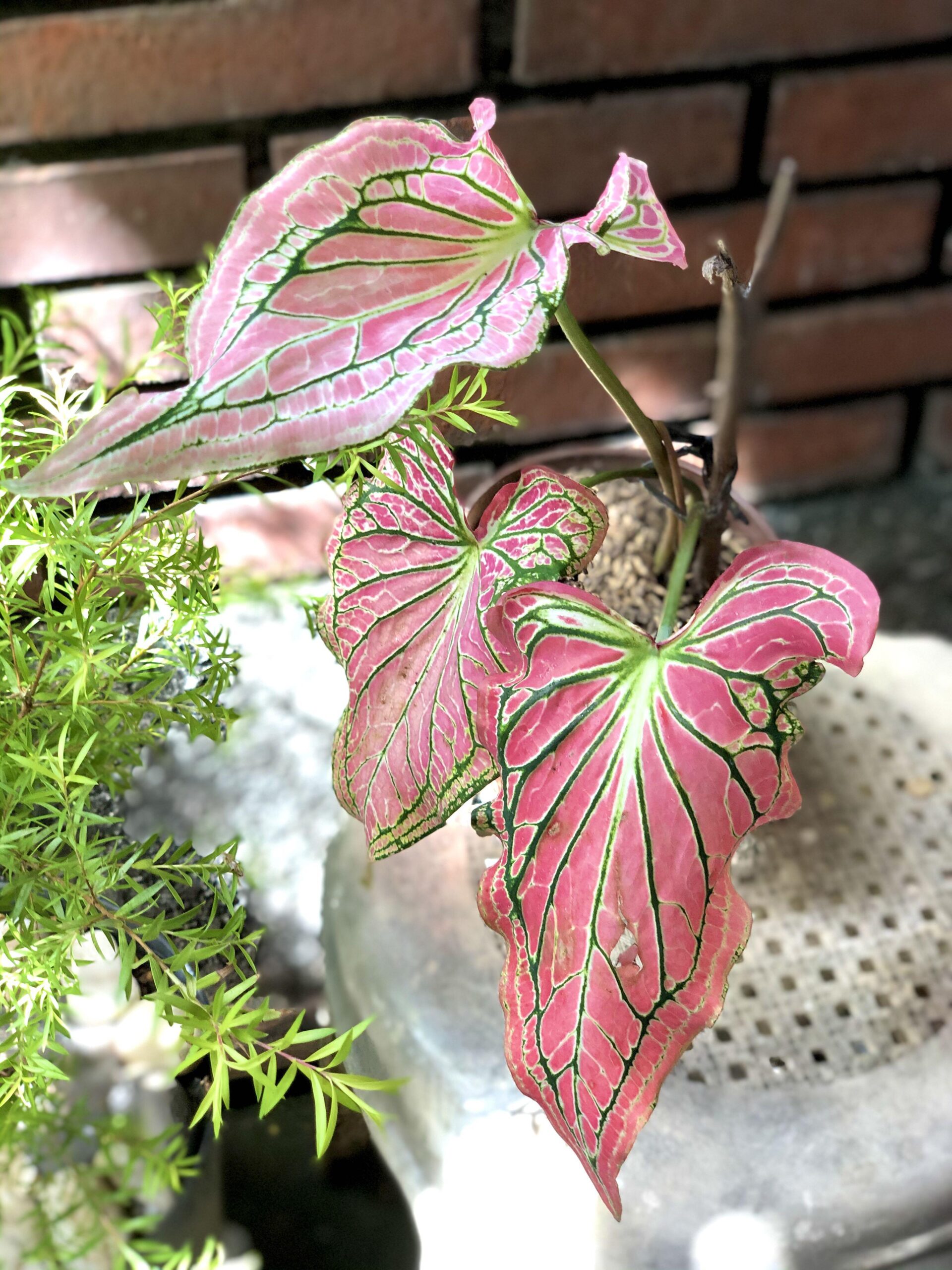
WElcome to the Dormant Plant Guide
Plant Dormancy? What is that?
Plant dormancy is a natural process that occurs in many plant species. It is a period of arrested growth where the plant conserves its energy and reduces metabolic activity. This allows the plant to survive under harsh environmental conditions that would otherwise be detrimental to its growth and development.
During dormancy, the plant enters a state of reduced activity where it stops growing and shedding leaves. The plant’s metabolism slows down and becomes less active, conserving resources that the plant needs to survive. This can happen in response to changes in temperature, light, or water availability.
There are two types of plant dormancy: endodormancy and ecodormancy. Endodormancy is caused by internal factors such as hormonal changes, while ecodormancy is caused by external environmental factors such as temperature or light.
Endodormancy is characterized by the plant’s inability to grow even under optimal environmental conditions. This is because the plant is under the influence of a hormone that inhibits growth. The hormone responsible for endodormancy is abscisic acid, which is produced in the leaves and transported to the buds.
On the other hand, ecodormancy is a response to external environmental factors. For example, deciduous trees enter dormancy in response to decreasing daylight hours and lower temperatures during the winter. This is known as winter dormancy. In contrast, desert plants enter dormancy during the hot and dry months of summer to conserve water.
Plant dormancy plays an important role in the survival and adaptation of plants to changing environmental conditions. It is a natural mechanism that allows plants to conserve energy and resources during periods of stress and unfavorable conditions. Understanding plant dormancy is essential for plant cultivation, plant breeding, and conservation efforts.
Taking Care of Dormant Plants
Plant care is an important aspect of maintaining a healthy garden. Dormant plants require specific care to ensure their survival during the colder months. Here are some tips on how to take care of dormant plants:
1. Watering: Dormant plants do not require as much water as active plants. However, they still need to be watered occasionally. The frequency of watering depends on the type of plant and the environment it is in. It is important to avoid overwatering as it can lead to root rot.
2. Pruning: Pruning is important for dormant plants as it helps to maintain their shape and promotes growth when the weather gets warmer. It is recommended to prune plants during their dormant period to avoid damaging new growth.
3. Mulching: Mulching helps to insulate the soil and protect the roots from extreme temperatures. It also helps to retain moisture in the soil. It is recommended to apply a layer of mulch around the base of the plant during the dormant period.
4. Fertilizing: Fertilizing is not necessary during the dormant period as plants are not actively growing. However, it is recommended to fertilize the soil before the dormant period to provide the necessary nutrients for the plant to survive.
5. Pest control: Dormant plants are susceptible to pest infestations. It is important to check the plants regularly for signs of pests and take appropriate action to eliminate them.
By following these tips, you can ensure that your dormant plants survive the colder months and are ready to thrive when the weather gets warmer. Remember to always research the specific needs of your plants to provide the best care possible.





